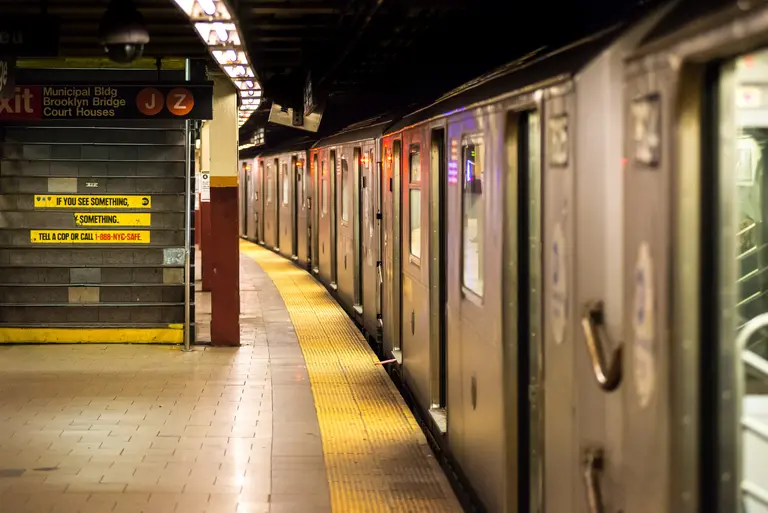Approval process for new $24 billion Hudson River tunnels fast-tracked; construction could start in 2019
Find out more
Beginning today, you won’t have to worry so much about “what’s in your wallet” before you hop on Metro-North Railroad and Long Island Rail Road. Govrnor Andrew Cuomo’s office announced on Tuesday the addition of Apple Pay and Masterpass digital wallet technology to MTA eTix, the mobile ticketing app. “By adding the use of cutting edge […]

Image via Alan Bloom/Flickr
Image via Alan Bloom/Flickr The rats won’t like this. The MTA’s Operation Track Sweep to spiffy up New York’s subways commenced Monday and will continue for two weeks. More than 500 MTA workers are part of the intensive system-wide cleanup to remove trash and debris from the tracks at all of New York City’s 469 […]